IDD Insight
India has invited bids for a $8 billion project making 1750 Futuristic Infantry Combat Vehicles (FICV’s). These will be ‘tracked’ – meaning run on tank tracks — and come in three variants for usage under multiple battle scenarios.
Loitering ammunition for beyond line of sight targeting and mini UAV’s for tactical surveillance are part of the needs specified by the project .
New Delhi intends the FICV to replace the 3000 strong Russian origin fleet with multiple variants of BMP’s which are classified as infantry combat vehicles (ICV’s). Each, weighing some 13 tonne in dry weight, is used to carry infantry troops into battle field and are usually equipped with anti-tank missiles and heavy guns.

The first stage of the tender called the Request for Information (RFI) – uploaded on the Indian Army website on June 24 — allows foreign companies to participate, but only on the premise that they produce in India under a some-degree of transfer of technology clause to the local partner.Read the RFI here
The RFI will be used to finalise staff qualitative requirements, decide procurement category and identify probable Indian vendors who are capable to commence supply of FICV within two years of award of contract and supply order at least 75-100 fully formed vehicles per year.
Second such project which can have foreign companies
This is the second such project announced by India in the past few weeks which allowed foreign participation. Earlier on June 1 the RFI for making 1770 Future Ready Combat Vehicle (FRCV) – a medium weight tank – was issued on June 1. The Indian Army is looking at phased induction of these commencing 2030. This would be under the strategic partnership model that envisages foreign original equipment manufacturers (OEM’s) tying up with Indian partners.
Foreign participation clause for FICV
The RFI document mentions that FICV (tracked) is planned to be procured in the ‘spirit’ of ‘Make in India’ and ‘Atmanirbhar Bharat’ (self reliance) programmes. But the project is classified under Chapter II of the Defence Acquisition Procedure (DAP). Chapter II of the DAP-2020 deals with acquisition process for the categories of procurement under the ‘Buy’ and ‘Buy & Make’ schemes.
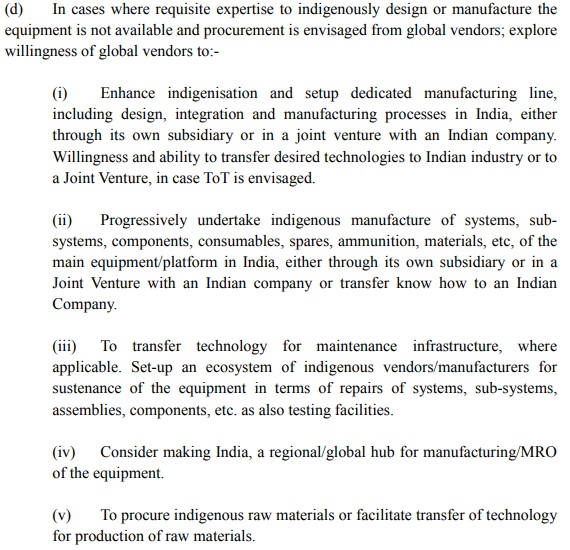
The acquisition under these categories of the DAP allows a foreign vendor to come in but asks the vendor for an indigenisation plan and to setup a dedicated manufacturing line, including design, integration and manufacturing processes in India, either through its own subsidiary or in a joint venture with an Indian company. “Willingness and ability to transfer desired technologies to Indian industry or to a Joint Venture, in case ToT is envisaged’, says the DAP-2020. Read here: An IDD report on how foreign firms would not be losers with policy changes.
To be used on the front with China and Pak
Indian Army intends to deploy the FICV for cross country (off road) operations including amphibious operations in plains and deserts along the western borders of India. At high altitude — up to 5000 meters altitude – in the Himalayas along its states along the Line of Actual Control (LAC) with China. These would be Eastern Ladakh, Himachal Pradesh, Uttarakhand and North Sikkim.
The FICV should be operational by day & night and in commonly encountered weather conditions including dust and snow. It should be operational in temperature conditions as minus 20 degrees Celsius in the cold areas and upto 55 degrees Celsius in the heat.
The three types of FICV
The Ministry of Defence, intends to procure the following three versions. The Gun Version would form some 55 % of the total quantity. The Command Version would comprise some 20% of total quantity wile the third category would be Command & Surveillance Version and it would be approximately 25% of total quantity.
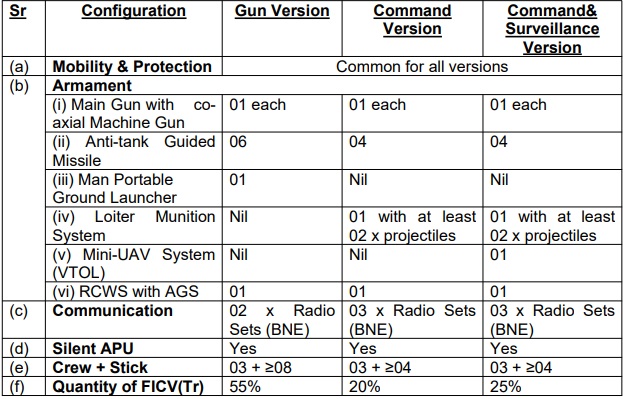
Indian Army looks to destroy enemy tanks, armoured personnel Carriers, combat vehicles, low flying helicopters and other ground based weapon platforms and positions. It should be able to operate in a chemical, biological, radiological and nuclear (CBRN) environment including across water bodies.
Loitering munitions and UAV’s part of the project.
Aiming to have FICV’s as integrated battle unit, the Indian RFI asked the FICV vendors to have a provision of a Man Portable Ground Launcher for ATGM. It should fire the same ATGM as the mounted on the FICV and have a command and launcher unit; sighting system (day and thermal imaging sight) with the weight not being more than 15 Kgs.
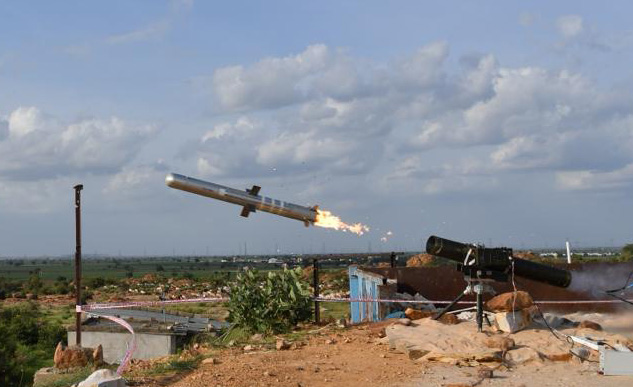
Loiter Munition System is one of the parameters with a tube or canister launched Loiter Munition System with a capability to observe, identify and destroy non line-of-sight targets with ability to be operated by a man and with facility to Lock-On After Launch (LOAL).
A Mini-UAV system is also within the ambit of the RFI. Each of the FICV’s will have a mini-UAV system to be used for beyond line of-sight Intelligence, Surveillance and Reconnaissance (ISR). The Mini-UAV should be compact, have Vertical Take-Off & Landing (VTOL) capability and continuous secure interface with its parent FICV during flight.
The following technical requirements are listed in the RFI
- For mobility: The length, width and height should meet operational, transportability –by existing in-service tank transporter vehicles, transport aircraft of the Indian Air Force and broad-gauge railway military bogey.
- Combat load: The FICV should be able to carry a minimum 2.5 Tonnes of combat load which includes crew, all types of ammunition and combat stowage items.
- Power to Weight Ratio: At least 30 HP per Tonne in plain terrain with Gross Weight and all systems functioning including temperature control unit.
- Speed: On road speed – more than 70 kmph; Cross country plain/ desert- more than 35 kmph; Reverse speed on road – more than 20 kmph.
- Modular systems: to be provided to enable quick replacements and repairs at field workshop level.
- The Main Gun: Both commander & gunner should be able to acquire, track and engage targets with the Main Gun from respective stations. It should be capable of firing at least 30mm calibre ammunition both in direct firing and anti-aircraft role
The history of the FICV in India
India has been struggling over the past three decades to replace its fleet of ICV’s but had faltered each time. In the past New Delhi insisted on an Indian company making it here itself. But this would need import of an engine – India’s Arjun Tank still uses a foreign engine– and certain other moving parts would need to be imported.
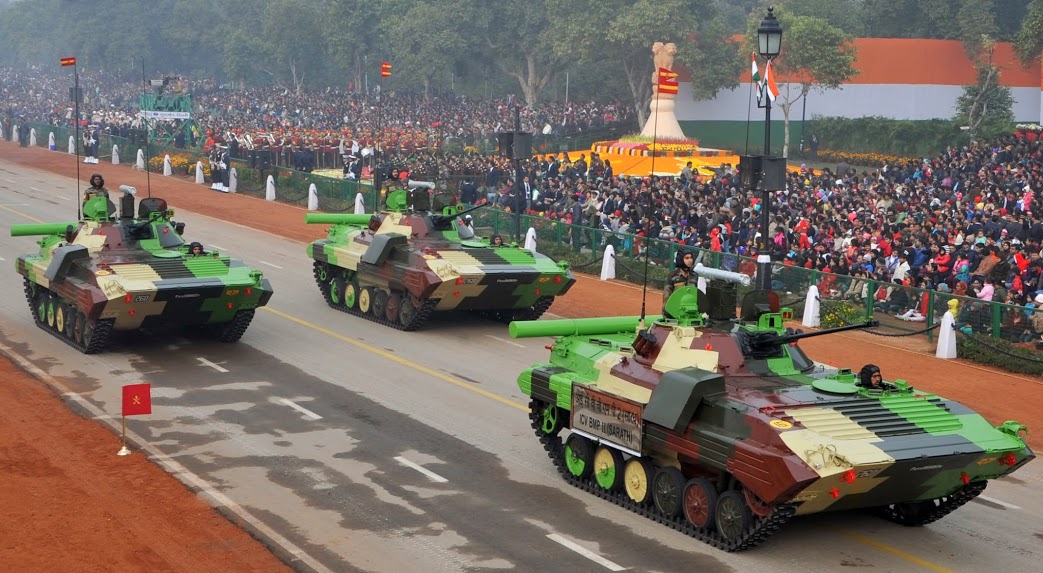
The RFI issued on June 24 is the third such attempt. The first was issued in 2008 and an expression of interest (EoI) was issued in 2010 to four vendors (L&T, Tata, Mahindra, OFB). The same was cancelled in 2012, as the process of selection of private companies, which could indigenously manufacture the combat vehicles, was undecided. This was withdrawn in 2012 and a fresh start was made in 2014.
In 2015 the MoD summoned representatives from 10 Indian companies and asked for EoI from Mahindra; Bharat Forge; Larsen & Toubro; Punj Lloyd; Tata Power; Tata Motors; Pipavav Defence; Rolta India; Titagarh Wagons, and the Ordnance Factory Board (OFB). This involved forming a consortia with Indian and foreign vendors, and conceiving and proposing the design of an FICV.
This was again held back and since then the matter has been pending.





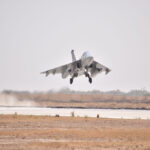
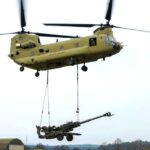
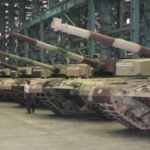
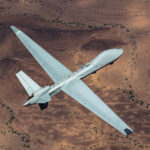
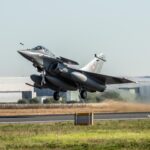


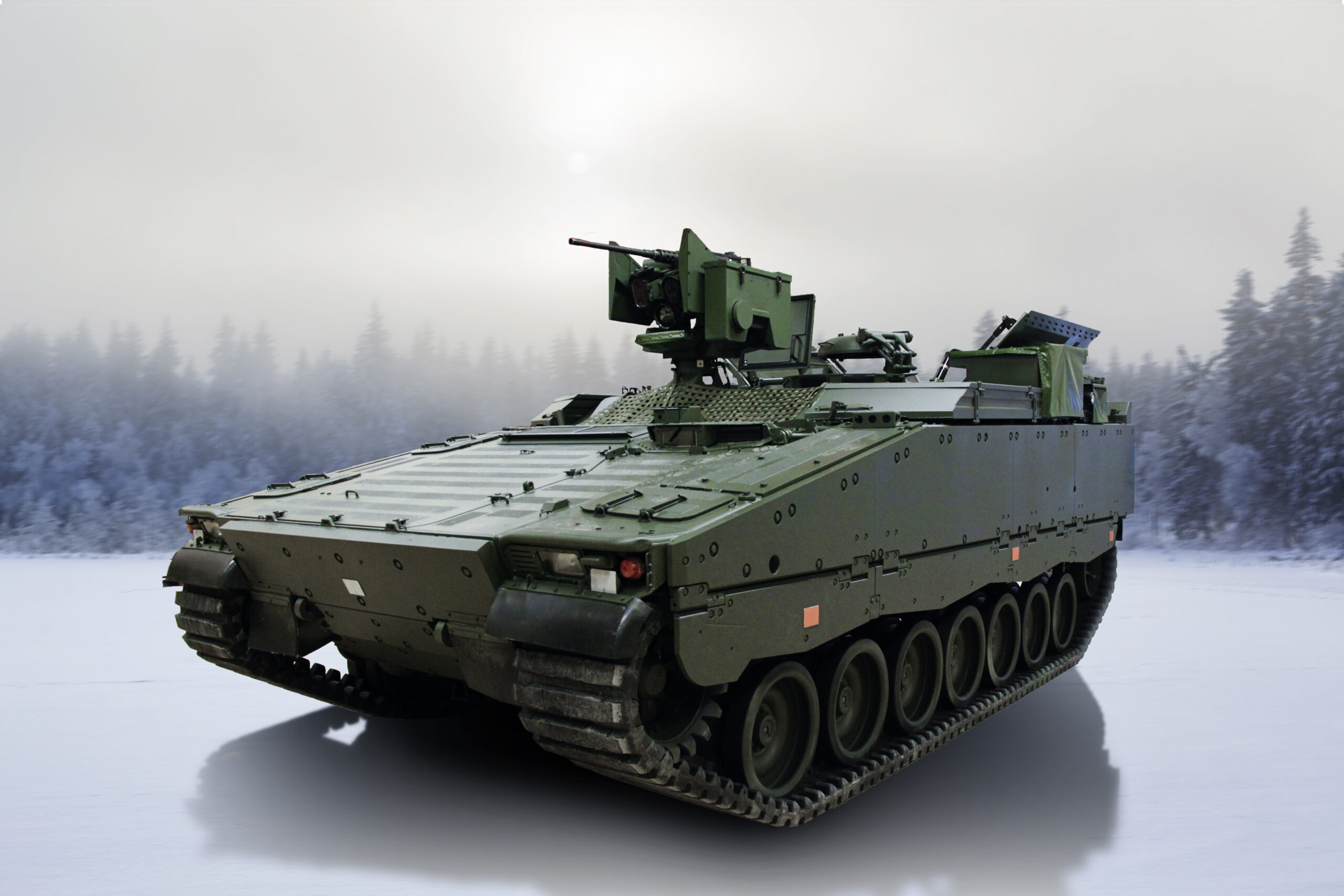


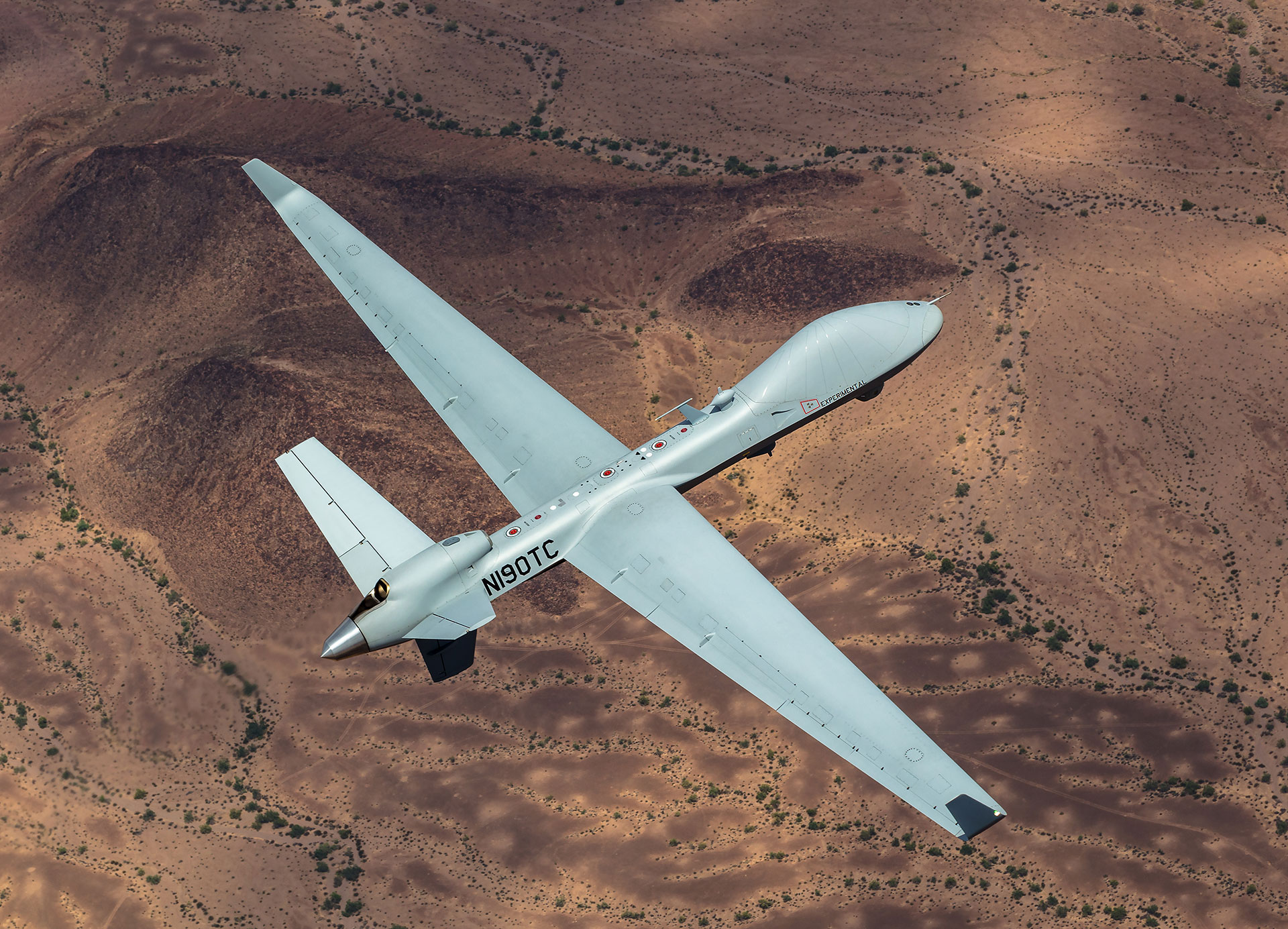
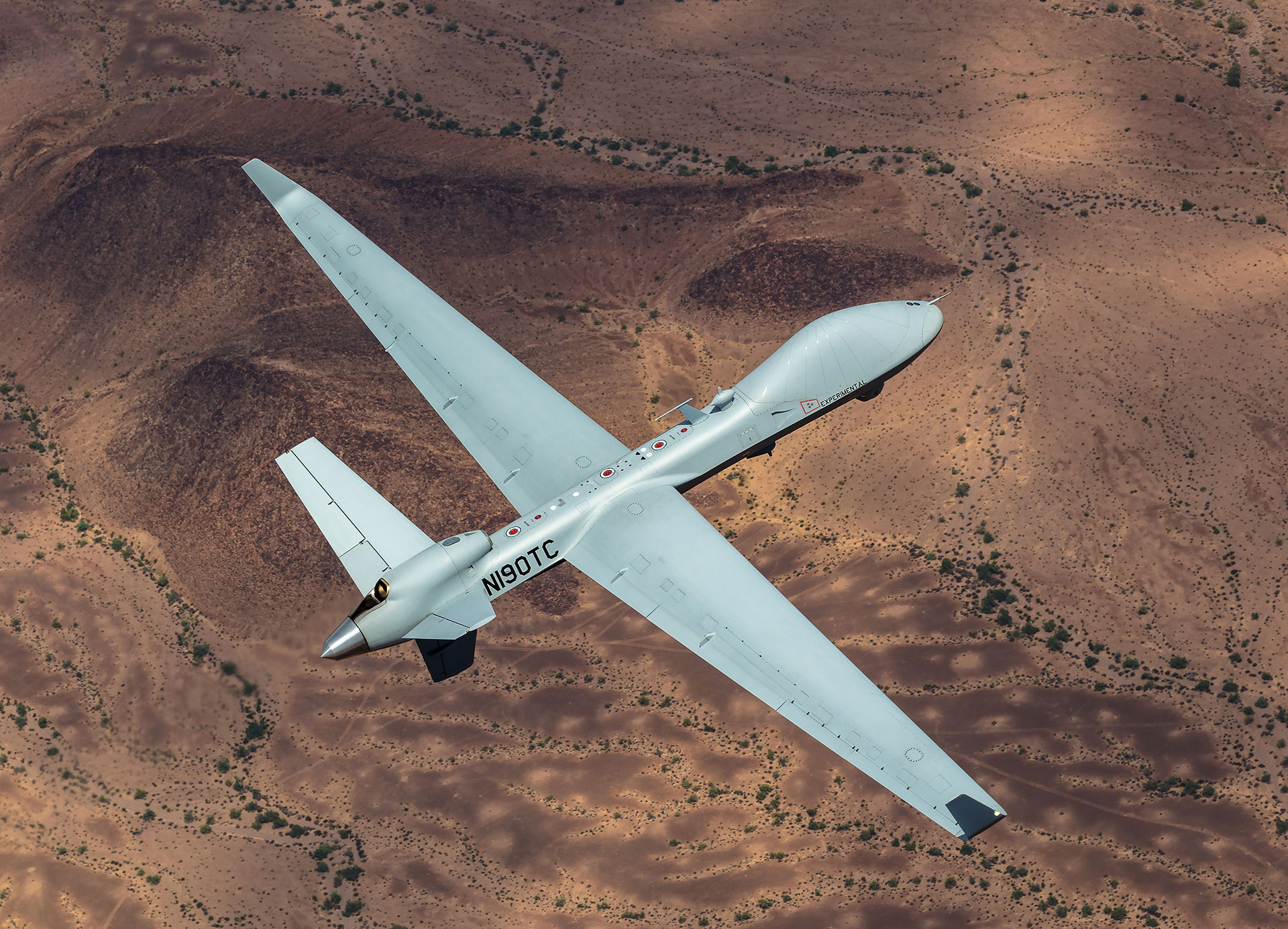
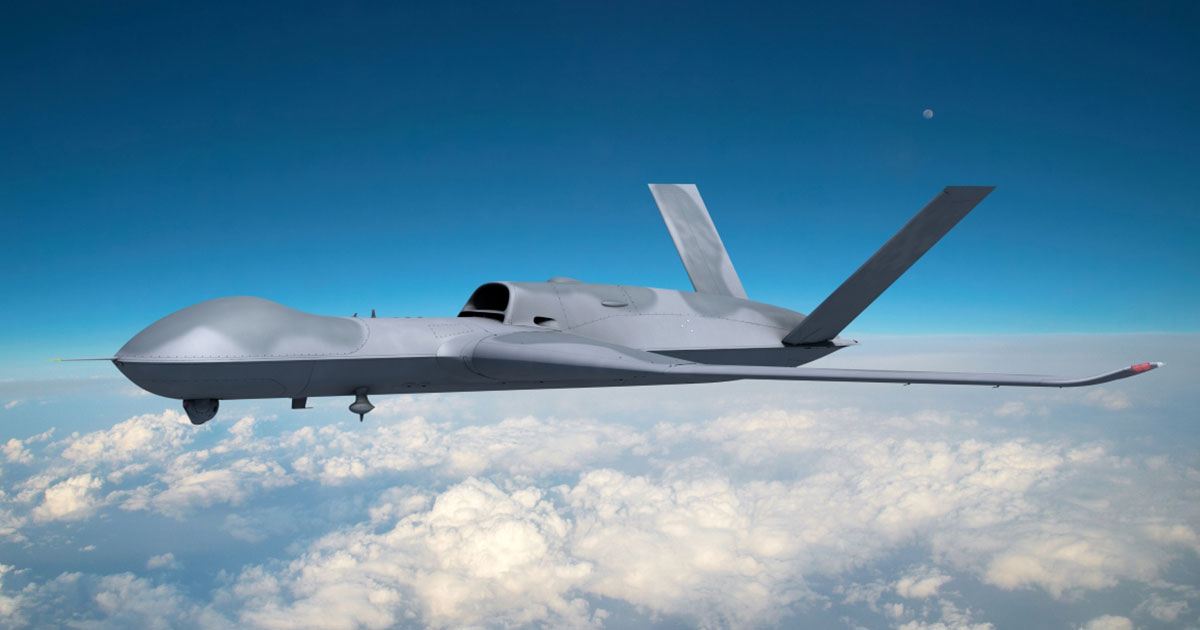
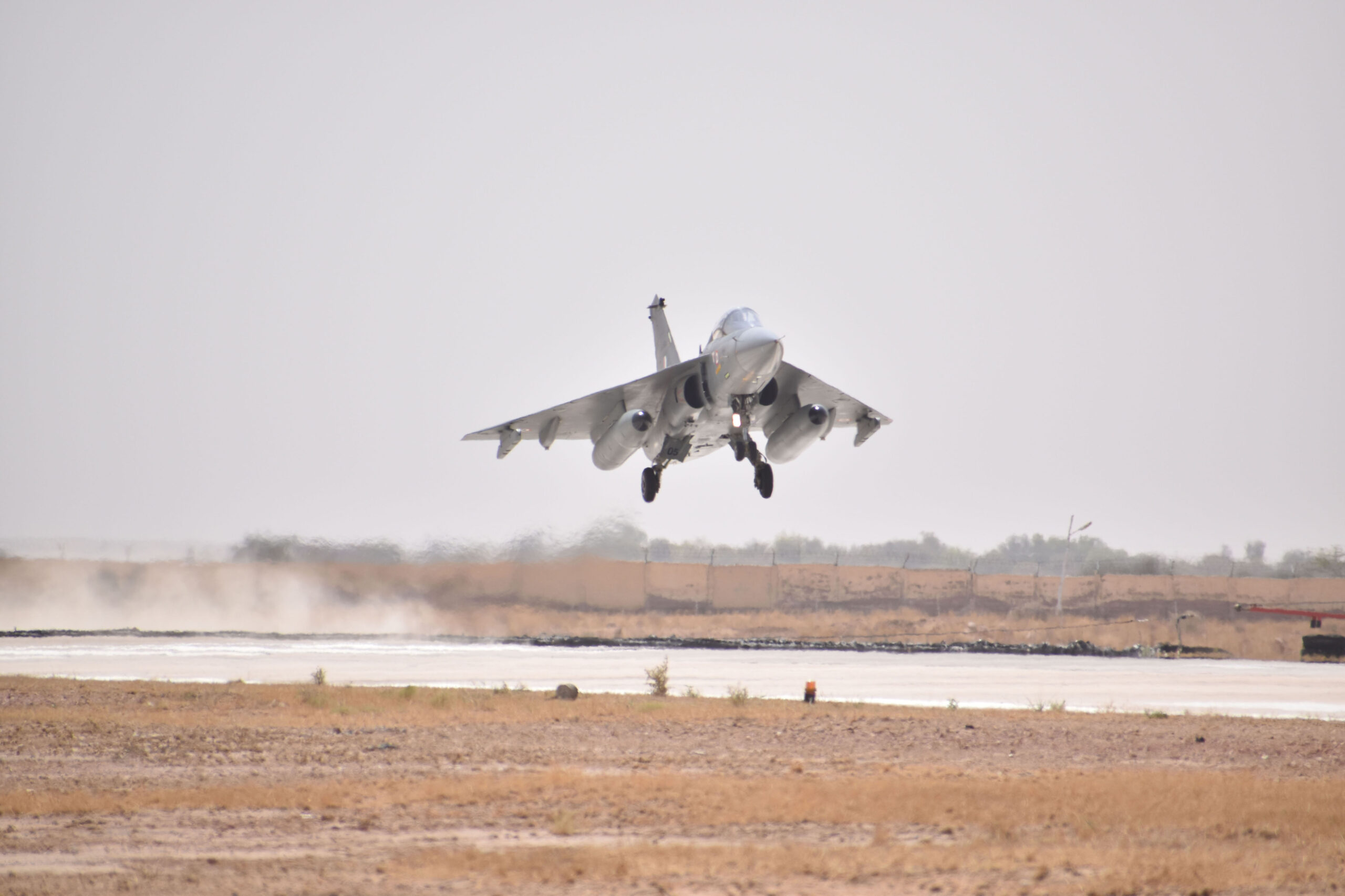
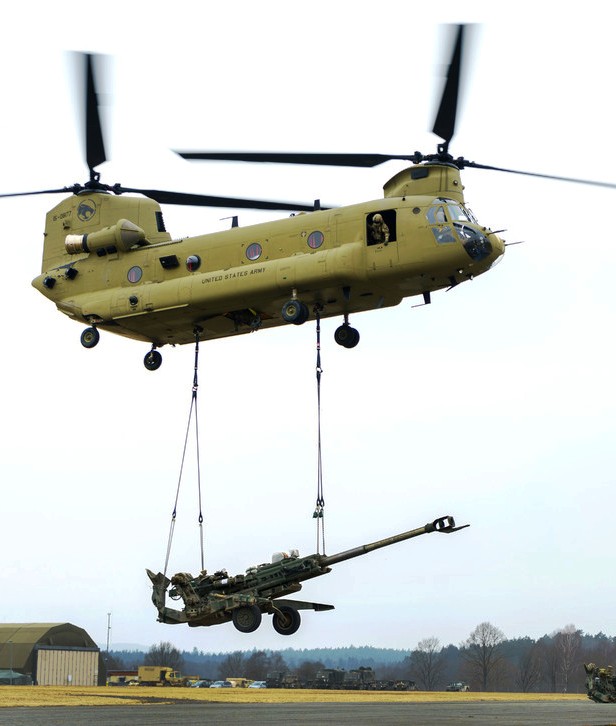
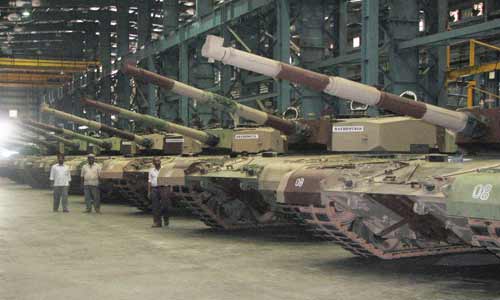
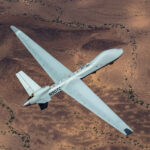

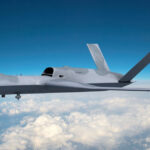
Recent Comments